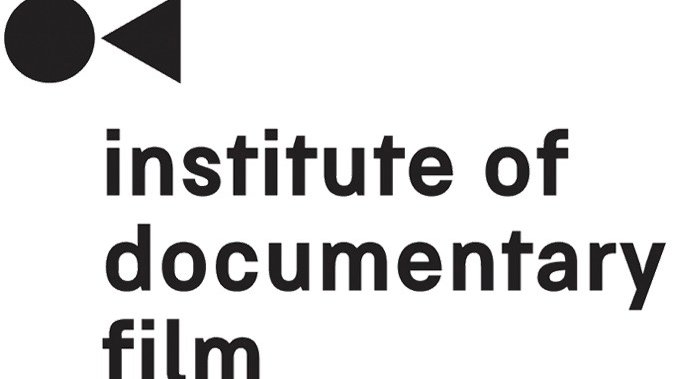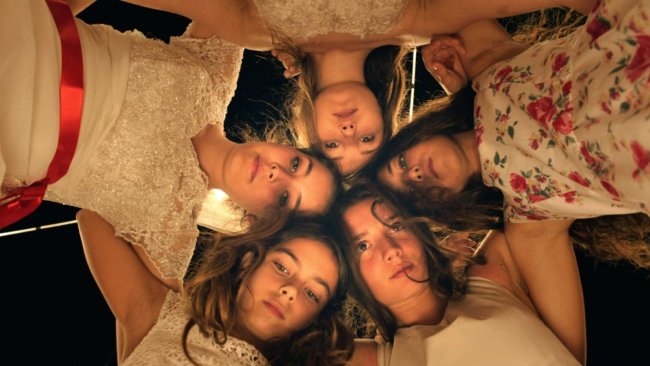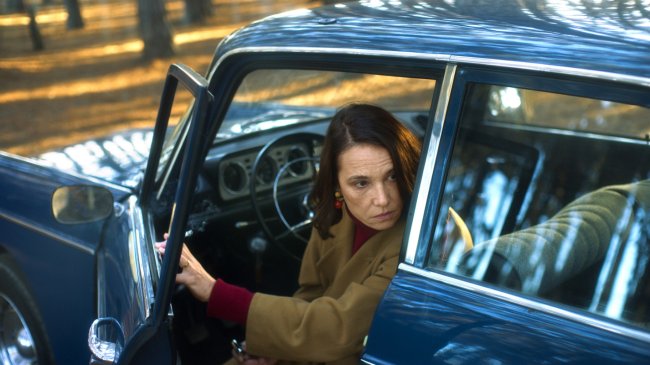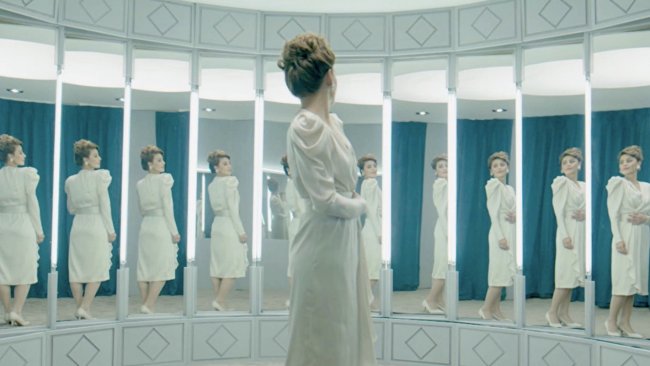Interactive Documentary Workshop | Visions du Réel 2017
[…] The expanded documentary often implies the co-creation and co-interpretation of content and information by the users. The creators of these kinds of products are no longer the sole storytellers, but they share their authorial voice with the audience.
[…] Interaction and immersion are obviously not the only traits of expanded documentary. Video games, the interactive media par excellence, with their immersive power, recently met the world of documentaries through the so-called subgenre of documentary videogames, a new form of expanded documentary that has already gained popularity.
Text: Mattia Lento
The «idw / interactive documentary workshop», a project development program for expanded documentaries that is promoted by the Laboratory of Visual Culture (SUPSI) and supported by the Swiss Federal Office of Culture, took place at the film festival Visions du Réel (22-26/4/2017) for the fifth year in a row. Through its project-oriented approach, the workshop aims to help filmmakers, new media artists, journalists, and audiovisual professionals develop skills in creating, producing, and distributing expanded or interactive documentaries through lectures, selected case-studies, and panel discussions with established authors, producers and experts in the field.
The internet and digital technologies have created new possibilities for audiences to experience stories. As a result, documentary storytelling is developing into new forms that often include nonlinear narratives and public participation. Both the linear and expanded documentariesare motivated by the same wish to document reality, but there are some essential differences between them:linear documentaries require a certain degree of participation from their viewers, but they don’t require physical interaction between the media and the user as many expanded documentaries have. Linear documentaries depend on a single director, while expanded documentaries often imply a shared authorship between the media artist and the users. Sandra Gaudenzi, one of the most important theorists in this field, considers linear and expanded documentaries as two different kinds of media products and has proposed a taxonomy of interactive documentaries based on what she calls «modes of interaction». The expanded documentary often implies the co-creation and co-interpretation of content and information by the users. The creators of these kinds of products are no longer the sole storytellers, but they share their authorial voice with the audience. They do play an important role in planning the audience experience, helping to design the interaction, participation and collective production of the content by the users.
Expert trainers like Elie Lavasseur (director of Cross Video Days), Federico Dini and Jannis Sotiropoulos (new media artist), Lili Blumers (ARTE producer), and Sandra Gaudenzi herself offered their mentoring to 24 professionals representing 12 works-in-progress from many parts of the world (a full description of the projects is available at: www.idw.supsi.ch). These experts introduced the participants, most of them neophytes, to the expanded documentary, its vocabulary (often confusing or at least problematic), its history and evolution. Some of the experts presented very interesting case studies. Lili Blumers introduced the beautiful Notes on Blindness: Into Darkness, which is a virtual reality (VR) project based on John Hull's experience of the abrupt loss of vision. This project took its cue from a linear documentary on the same subject, but tried to regain the perception and emotion of the protagonist through John's audio diary, using binaural acoustic technology and 3D animations. The result is a completely different experience in comparison to the poetic atmosphere of the linear documentary. There is no interaction in this case, but a sensorial and radical immersion into John's world.
Immersion was also the main ingredient for another VR project presented during the workshop. Chernobyl VR is an interactive virtual journey around the ruins of the most famous ecological disaster of the last century. Thanks to photogrammetry, laser scanners, drones and stereoscopic techniques, the creators of this documentary (presented by media artist Wojciech Pazdur) recreated part of the radiated zone for the user. This work can be considered an example of immersive journalism, a new way to convey information through media and a possible answer to the crisis that traditional forms of journalism are facing.
Interaction and immersion are obviously not the only traits of expanded documentary. Video games, the interactive media par excellence, with their immersive power, recently met the world of documentaries through the so-called subgenre of documentary videogames, a new form of expanded documentary that has already gained popularity. Many experts also presented the characteristics of these new products and their ways of engaging the user.
The sector of the expanded documentary is very dynamic and constantly evolving, and Filmexplorer will continue to follow it with extreme interest. Currently, you can already start to share new kinds of documentary experiences. It is not difficult, they are just a click away:
Info
Interactive Documentary Workshop | Laboratory of Visual Culture (SUPSI) | Jean-Pierre Candeloro (curator) | Visions du Réel 2017 Nyon
On idw at Visions du Réel 2017
First published: May 10, 2017




